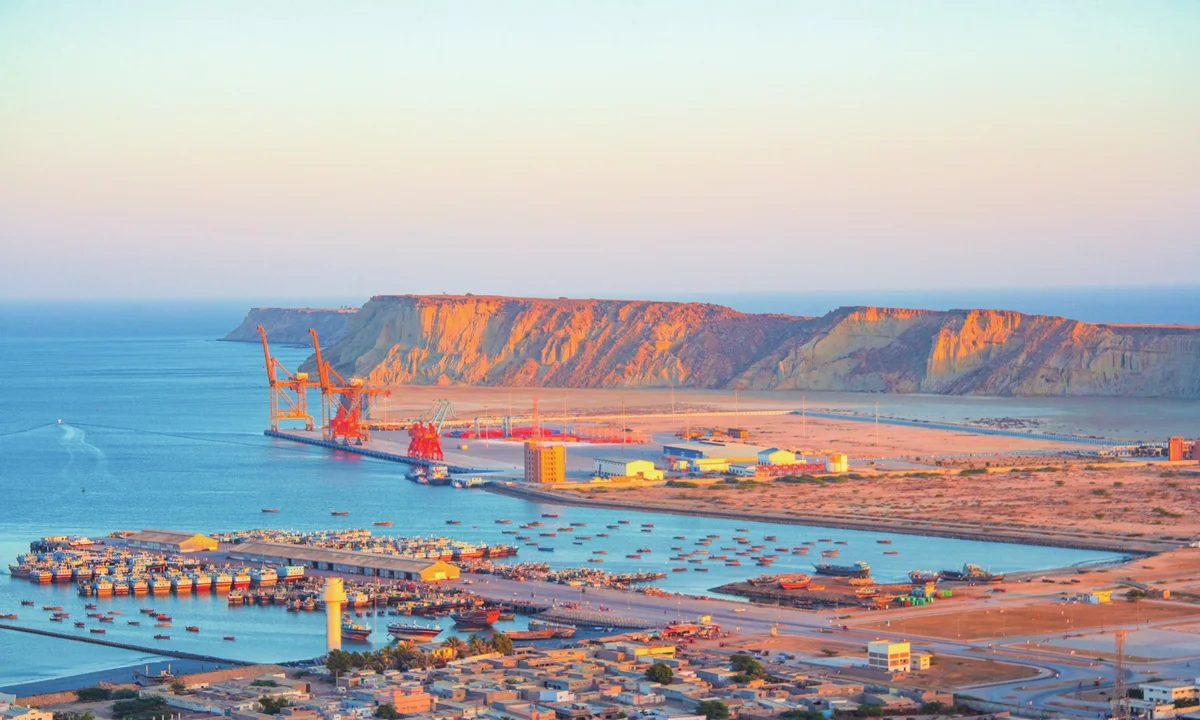
Political stability and economic revival are intertwined, as evidenced by Pakistan’s political economy, where economic downturns are outcomes of political turbulence.
Pakistan is facing plethora of problems with economic crisis, rising unemployment and political unrest, topping the list. These challenges are exacerbated with myopic policies of previous Governments.
In June 2024, Pakistan was on the brink of default, with its foreign reserves falling to paltry United States 4.4 billion dollars, barely enough to pay for a month’s imports. The currency got dropped by more than 50% against the US dollar. Then-Prime Minister Shehbaz Sharif obtained an essential package from the International Monetary Fund (IMF), before completing his Government’s tenure.
The caretaker political set up that got into office in August 2023, confronted the challenge of fulfilling the requirement of US $3 billion IMF bailout. This Standby Arrangement (SBA) required stringent actions line eliminating the subsidies on basic commodities and tagging value of the rupee with the open market. The trickle-down effect was obviously severe for the commoners.
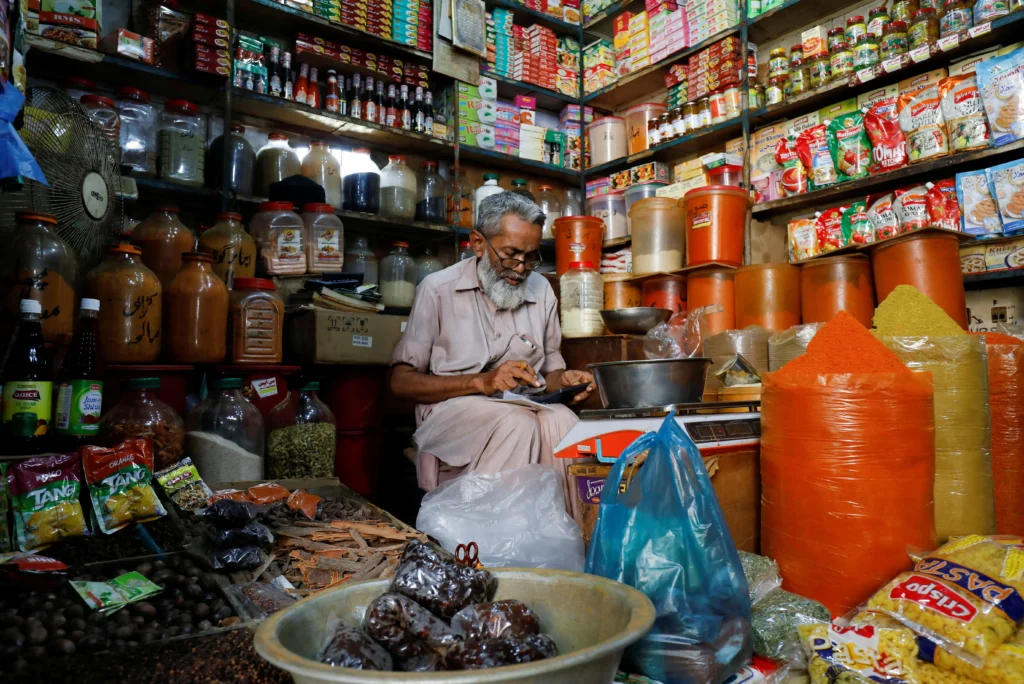
The world is eagerly waiting for the announcement of economic policies of incoming Government as the current IMF package is likely to end in March 2024. Pakistan is experiencing a debt payment issues, with external debt commitments worth US $24 billion, due for payment by June 2024.
Instead of relying exclusively on the IMF, the incoming Government must take proactive actions to maximize the country’s economic potential. Volatility of Pakistan’s stock market is also real, which remains contingent upon the economic stability. Foreign and domestic investors are apprehensive of uncertain economic policies of the Government and contradictory fiscal decisions. This uncertainty causes a loss of trust in the Pakistani economy, resulting in the capital flight besides limiting the foreign direct investment.
There exists a need to use the China-Pakistan Economic Corridor (CPEC) project for stimulating the economy, increasing the global trust and attracting foreign direct investment.
The CPEC, often known as the BRI’s ‘flagship’ initiative, is considered to be China’s most important geopolitical and economic project, outside of Chinese borders. CPEC has a broad scope including the development of Gwadar Port, as an international standard deep-sea port, power generation projects utilizing a variety of resources, construction of motorways, highways, railway networks, digital connectivity via fiber-optic cables, and establishment of Special Economic Zones (SEZs) for promoting industrialization.

Following ex-premier Imran Khan’s victory in 2018, there were calls to investigate and renegotiate the CPEC. That political point scoring impeded the peace of projects. However, efforts to revive the economy have been restarted after, PTI’s regime was overthrown in 2022, through a vote of no confidence.
It is now up to the incoming Government to prioritize efforts for the economic revival and induce re-invigorated momentum on signature projects of CPEC. A fair and competitive environment is required to be created for attracting private sector investment, increase productivity, and promote innovation and growth.
Also Read: Capitalizing on the Mining Sector
Job creation, particularly for young people, necessitates private sector participation in productive activities. Greater financial inclusion and technical innovation can help Pakistan reap the desired dividends of CPEC. It is critical to strengthen the labour market by renewing CPEC-funded transportation and construction projects. A trained and healthy workforce remain critical to economic development and innovation. Pakistan can enhance its competitiveness in the global market by empowering citizens with education and healthcare, with CPEC offering opportunities to train the workforce and youth to tackle emerging challenges proactively.
As we move further, CPEC 2.0 is in the offing that emphasizes more openness, stakeholders’ participation, environmental concerns, and consensus-building in projects’ selection.
CPEC has a lot of promise for Pakistan’s growth and economic revival, as long as anticipated clichés are removed. The next phase of the CPEC might be critical in deciding its long-term influence in the area and beyond. Pakistan’s incoming Government has a chance to seize the opportunity provided by CPEC as long as it builds confidence and fosters strong relations with the Chinese Government. As CPEC continues to change Pakistan’s future, its cumulative effect exhibits a commitment to promoting long-term progress, economic prosperity, and regional integration via creative and forward-thinking initiatives.
The views shared in this article reflect the author’s personal views and do not necessarily align with the institution’s official stance.
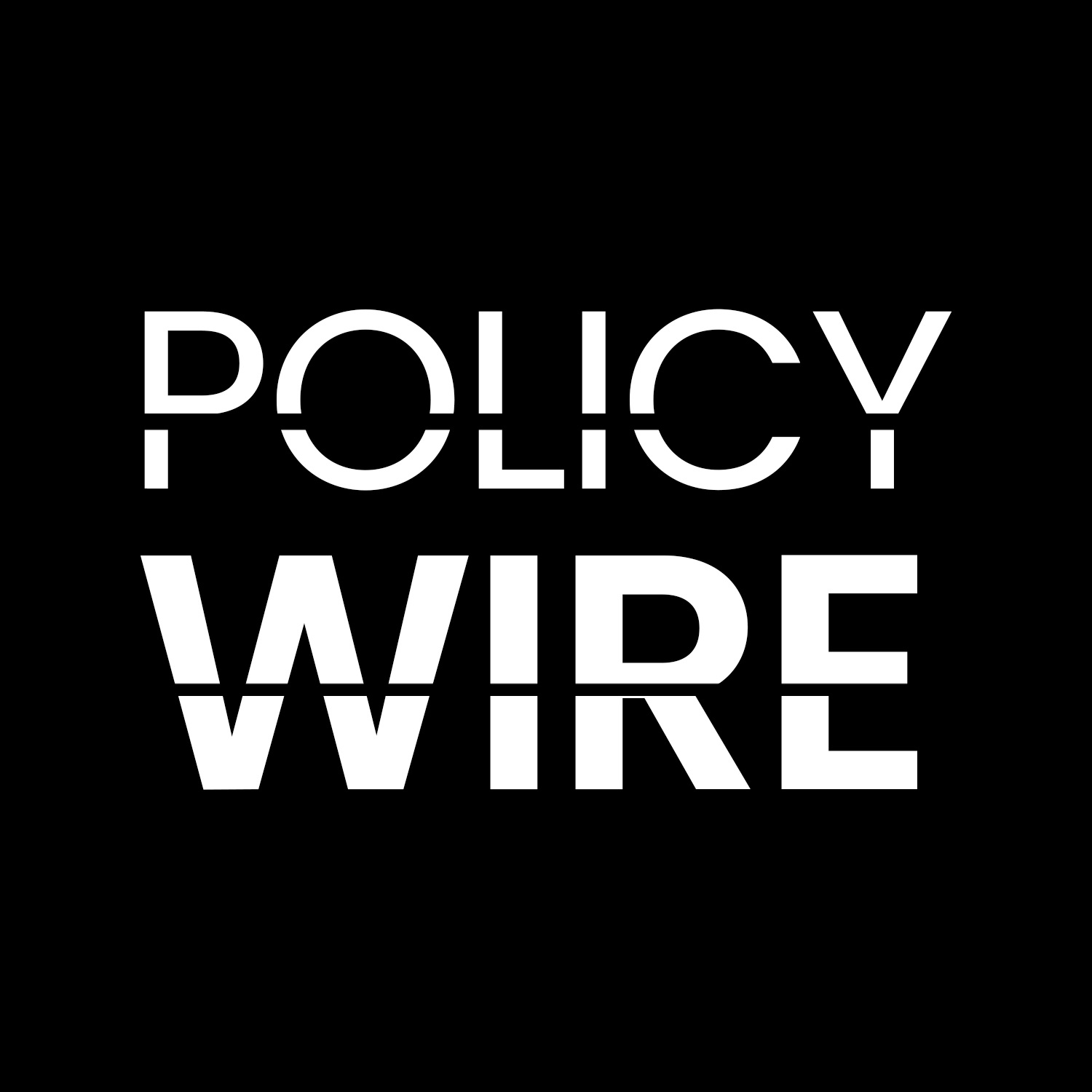
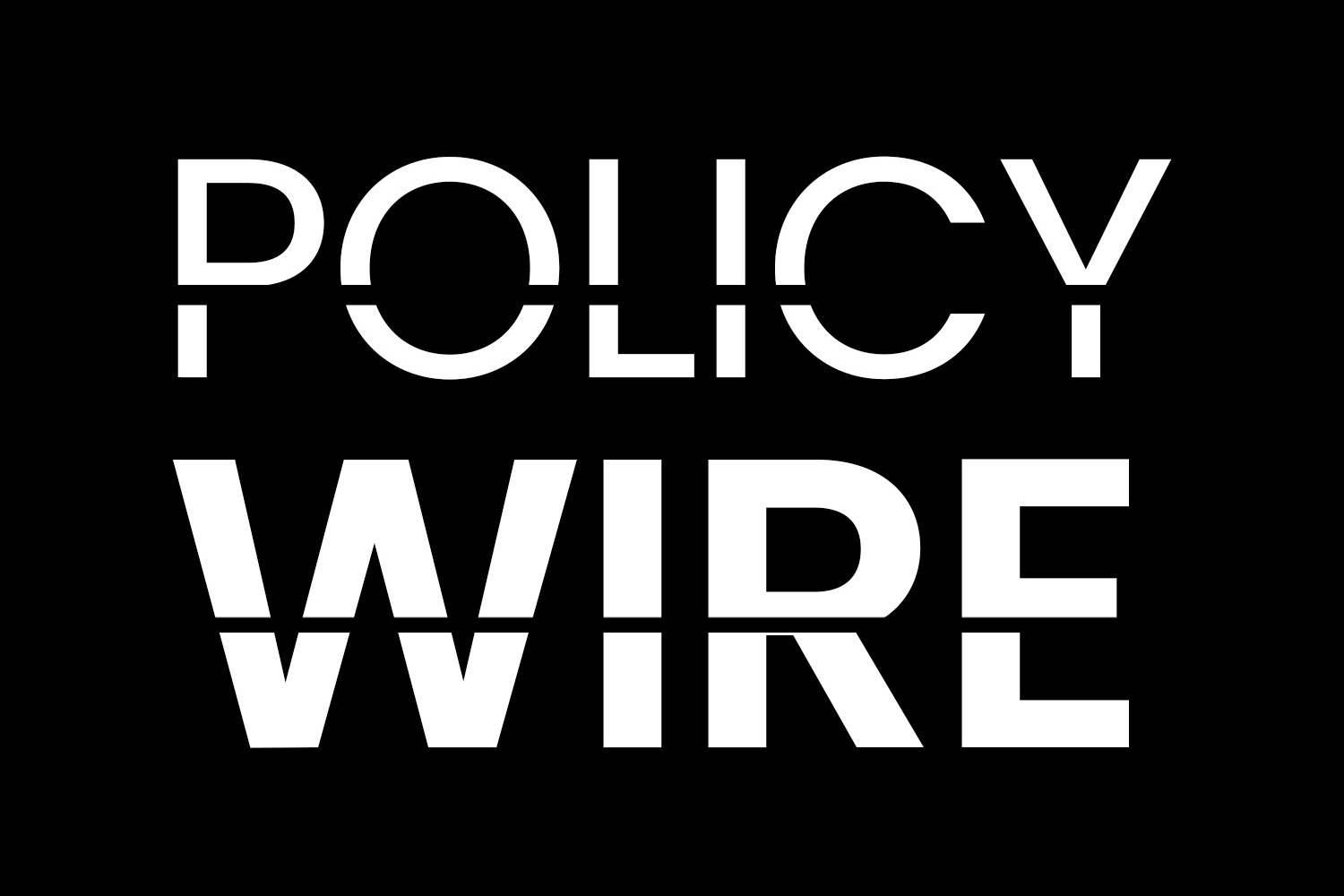



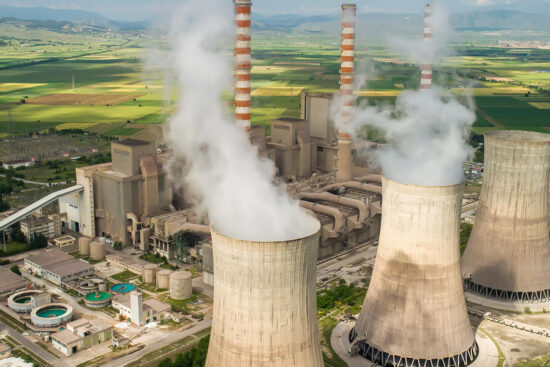
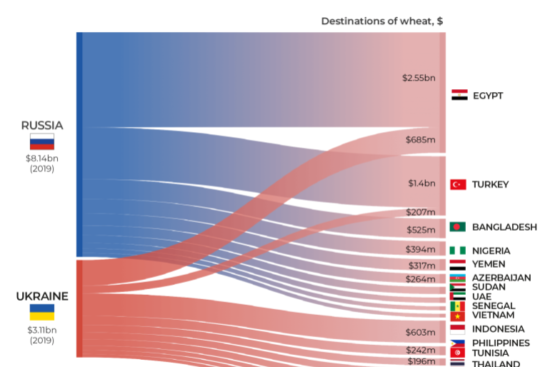
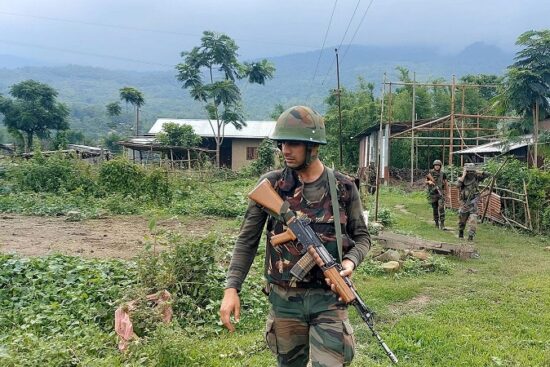
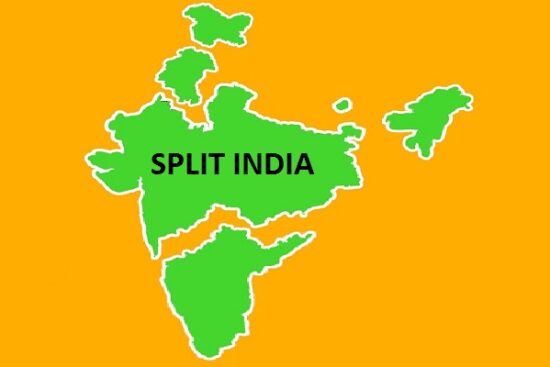
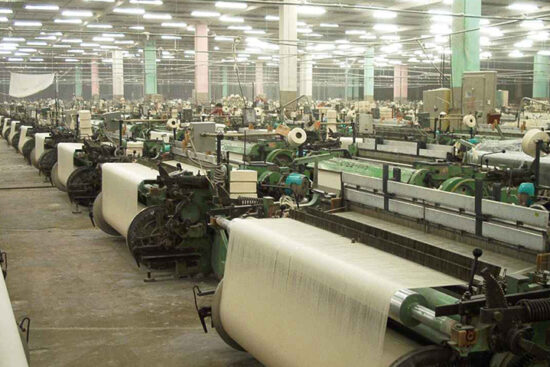









Leave a Reply